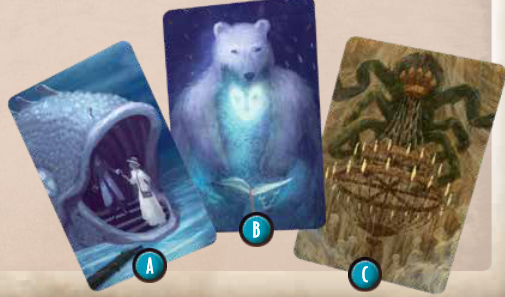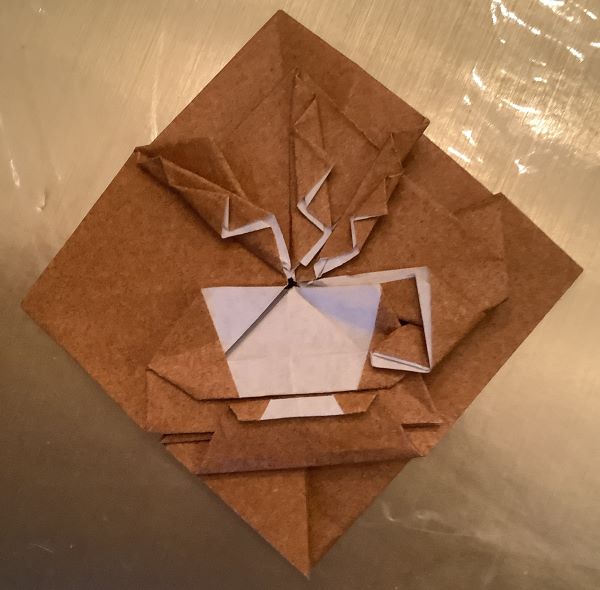In the past year I’ve gotten into reading mystery novels, and this has reinforced one of my strongly held opinions about the genre. There is a mistaken preconception about mystery novels, that the reader ought to be able to solve the mystery. This simply is not true. There are some mystery stories that are meant be solvable, but it’s a minority of mystery stories that I’ve seen. Solvability is not the primary appeal of the genre, or at least it’s not the appeal to me.
The reason I know this, is because when I was young, we had a “complete works of Sherlock Holmes” book, which had all the short stories. I didn’t read them all, but I read enough to know that Sherlock Holmes stories were not solvable. Usually, Sherlock Holmes would pull some clue out of thin air, that hadn’t been mentioned before; or else there would be an event that led to the mystery being solved. It was unambiguous that most stories were not even trying to be solvable. The mysteries were trying, first and foremost, to be stories. There’s something the reader doesn’t know (rising tension), and then Sherlock Holmes explains it (releasing tension), and that’s a simple but effective narrative arc.


